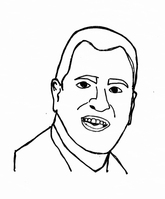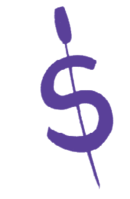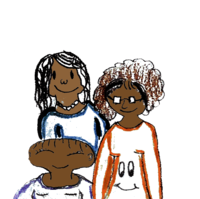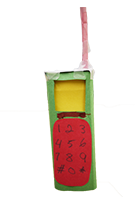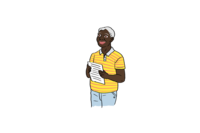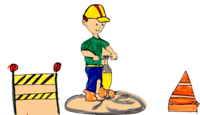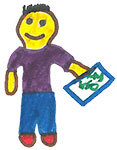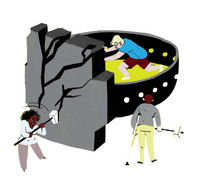2015
‘Affordable Housing Appraised: A Review’
Urban Omnibus
December, 14, 2015
This wealth of diverse material, rounded out by interactive features like the Center for Urban Pedagogy’s digital “What is Affordable Housing” toolkit and the Citizens Housing and Planning Council’s “Inside the Rent” app, manage to convey not only why government is involved in affordable housing (because the private sector alone can’t, or won’t, provide it), but who that housing is for (a wide spectrum of individuals who otherwise wouldn’t have a place to live).
‘“Människor är experter på sina egna områden”’
Sveriges Radio
November, 25, 2015
Center för urban pedagogik i New York har sedan slutet av 90-talet arbetat för att öka medborgarinflytandet. Via konst och design gör de stadsplanering och andra komplicerade processer mer lättillgängliga.
‘First Lady Michelle Obama Honors Thirteen Youth Arts Programs’
Tech Times
November, 18, 2015
“Thousands of kids all across America are dreaming just a little bigger and they’re reaching a little higher thanks to after-school programs that you all represent,” the First Lady spoke to the attendees of the awarding ceremony.
‘2015 National Arts and Humanities Youth Program Awards Announced!’
National Arts and Humanities Youth Program
November, 18, 2015
With their personal stories demonstrating the power of the arts and humanities to transform lives and communities, 12 young people from across the country shared the stage today with First Lady Michelle Obama to receive the country’s highest honor for the after-school programs in which they participate.
‘US First Lady Honors 13 Youth Arts Programs’
Voices of America
November, 17, 2015
Calling a group of artistic youths the "next generation of fabulous,’’ Michelle Obama presented national arts and humanities awards to 12 after-school programs from across the United States and one international program from Honduras.
‘Graphic Design to Help Figure Out Health Insurance’
Impact Design Hub
November, 6, 2015
To help the thousands of people in New York who still don’t have health insurance, the Center for Urban Pedagogy (CUP) worked with Community Health Advocates (CHA, a program of the Community Service Society), designers Other Means, and illustrator Tim Lahan to create Figuring Out Health Insurance, a poster that walks individuals through the process of obtaining health insurance.
‘Bronx High Schoolers Explain How MTA Funding Works’
StreetsBlog NYC
September, 23, 2015
Monday night, the students presented a 12-minute video they made during a summer course with the Center for Urban Pedagogy (CUP). It explains everything from who appoints the MTA board to the size of the gap in the capital budget.
‘5 Skills You Need to Make Positive Impact’
Impact Design Hub
August, 19, 2015
The Center for Urban Pedagogy’s Making Policy Public program is another shining example of using graphic and communications design to better explain complex policy issues in New York City.
‘The Best Tips From CUP’s Transgender Police Guide’
Out Magazine
July, 15, 2015
The guide, a pocket sized know-your-rights manual only 12 pages long, aims to serve as a resource for trans and gender non-conforming youth who may find themselves being detained, searched, or thrown into custody by the police. Breaking down personal rights and NYPD patrol guide rules into an easily digestible format, SERVE! hopes to keep trans youth safe by keeping them informed.
‘Your Guide to Welfare in NYC’
NYC Healthy Neighborhoods
May, 20, 2015
Your Guide to Welfare in NYC is the first guide of its kind to present all of the information public assistance applicants need together in one place.
‘Five Ways to Help Nail Salon Workers’
Jacobin Magazine
May, 18, 2015
Adhikaar, based in Woodside, Queens, organizes in Nepali communities and has been running a campaign on the health and safety problems faced by nail salon workers. They have produced a pamphlet in collaboration with the Center for Urban Pedagogy with advice for both workers and customers at nail salons — including tips like “Be patient!” in English, Spanish, Korean, Chinese, and Nepali.
‘Your Ethics or Your Manicure’
WNYC
May, 11, 2015
Brian Lehrer mentions CUP’s Healthy Salons For All poster during his interview with Sarah Maslin Nir!
